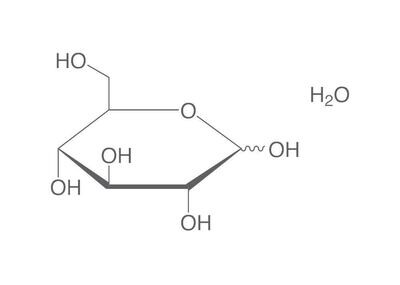Calcium carbonate 99.9% 100 g
SKU 001090
€ 153,90
In stock
1
Save this product for later
Calcium carbonate 99.9% 100 g
Product Details
CAS number: 471-34-1
Chemical formulas: CaCO3/ F.W. 100.09/ powder
Cation: Ca
Packaging: 100 g
EAN: 8721028216908
Brand: Laboratoriumdiscounter
Calcium carbonate is a versatile mineral used in a variety of industries, from agriculture to pharmaceuticals, and is known for its role in promoting healthy bone and teeth development.
1. Wear appropriate personal protective equipment (PPE) such as gloves, safety goggles, and a lab coat or apron when working with calcium carbonate. 2. Avoid inhalation of calcium carbonate dust by working in a well-ventilated area or using a fume hood. 3. Avoid direct skin contact with calcium carbonate. In case of contact, immediately wash the affected area with soap and water. 4. Do not ingest calcium carbonate. It is not intended for consumption and can cause harm if swallowed. If accidentally ingested, seek medical attention immediately. 5. Store calcium carbonate in a cool, dry place away from incompatible substances such as acids or oxidizers. 6. When handling calcium carbonate, avoid creating dust or generating fine particles. Use appropriate containment measures such as dust collection systems or wet methods to minimize airborne particles. 7. Clean up any spills of calcium carbonate promptly. Use appropriate tools and methods to collect and dispose of the spilled material properly. 8. Follow proper waste disposal procedures for calcium carbonate. Consult local regulations and guidelines for the appropriate disposal methods. 9. Keep calcium carbonate out of reach of children and unauthorized personnel. 10. Familiarize yourself with the Material Safety Data Sheet (MSDS) or Safety Data Sheet (SDS) for calcium carbonate to understand its specific hazards, handling, and storage requirements.
Please note, not all safety data for this product is available on our website, for a complete list of P en H sentences and other safety instructions please request the MSDS at our customer service
You May Also Like
End user declaration required

D(+)-Glucose monohydrate, 1 kg
D(+)-Glucose monohydrate, 1 kg
Only for registered companies
SKU 6887.1
€ 28,68

2-Amino-2-ethylbutanoic acid, 95.0%, 250mg
2-Amino-2-ethylbutanoic acid, 95.0%, 250mg
SKU F208787-250MG
€ 18,70

N,N'-Disuccinimidyl carbonate, 95.0%, 25g
N,N'-Disuccinimidyl carbonate, 95.0%, 25g
SKU F024500-25G
€ 15,40

2-Bromo-5-pyridineboronic acid, 96.0%, 10g
2-Bromo-5-pyridineboronic acid, 96.0%, 10g
SKU F013947-10G
€ 33,00

n-(3-Chlorophenyl)pyrrolidin-3-amine, 95%, 50mg
n-(3-Chlorophenyl)pyrrolidin-3-amine, 95%, 50mg
SKU F656890-50MG
€ 218,90

5-Methylresorcinol anhydrous, 98.0%, 100g
5-Methylresorcinol anhydrous, 98.0%, 100g
SKU F005921-100G
€ 178,20
Powered by Lightspeed
Display prices in:EUR







